Deadly Israeli attacks continue across Gaza despite Trump warning to stop the bombing
Despite Donald Trump telling Israel in a message on social media on Friday to “immediately stop the bombing”, there are continued reports of deadly Israeli attacks on Gaza.
Wafa, the Palestinian news agency, is reporting that six Palestinian people have been killed since dawn in Israeli attacks.
It is reported that four civilians were killed waiting for aid near distribution centers northwest of Rafah, one man was killed in Israeli shelling targeting Gaza City and another man was killed by Israeli forces near an aid distribution centre around the Netzarim junction.
On Sunday, witnesses told the Reuters news agency that Israeli planes escalated attacks across Gaza City, the territory’s biggest urban centre and an area that Israel claims to be the last bastion of Hamas.
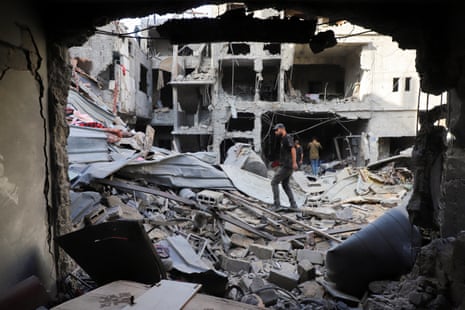
Despite international opposition, Israel launched a ground offensive in Gaza City last month as the military expanded its assault on the city after weeks of intense bombardments.
A famine – caused by Israeli restrictions on aid – has been declared in the city and its surrounding area and hundreds of thousands of people have evacuated southward after being ordered by the IDF to do so.
Sunday’s attacks followed a tense night in which drones dropped grenades on the rooftops of residential buildings and troops blew up explosive-laden vehicles, demolishing dozens of houses in two Gaza City neighbourhoods, Sabra and Sheikh Radwan.
Key events Show key events only Please turn on JavaScript to use this feature
Israel defence minister says about 900,000 Palestinian people have been displaced from Gaza City
Israel’s defence minister, Israel Katz, has said that the military’s assault in Gaza City has so far displaced approximately 900,000 Palestinian people
“The decision to occupy Gaza, the collapse of multi-storey buildings, and the intensity of IDF operations in the city have led to the evacuation of roughly 900,000 residents to the south, creating immense pressure on Hamas and the countries that support it,” Katz said in a speech in Jerusalem.
Earlier on in the week Katz issued a final warning to the hundreds of thousands of Palestinian people still in Gaza City to evacuate south, saying those who remained during the military assault would be considered “terrorists and supporters of terror”.
Before the start of the military assault in late August, the UN estimated that roughly one million people lived in and around Gaza City, the largest urban centre in the Gaza Strip.
The UN said last week there was no safe place for people fleeing Gaza City to go because the areas Israel had designated as “safe zones” in southern Gaza were “places of death”.
Deadly Israeli attacks continue across Gaza despite Trump warning to stop the bombing
Despite Donald Trump telling Israel in a message on social media on Friday to “immediately stop the bombing”, there are continued reports of deadly Israeli attacks on Gaza.
Wafa, the Palestinian news agency, is reporting that six Palestinian people have been killed since dawn in Israeli attacks.
It is reported that four civilians were killed waiting for aid near distribution centers northwest of Rafah, one man was killed in Israeli shelling targeting Gaza City and another man was killed by Israeli forces near an aid distribution centre around the Netzarim junction.
On Sunday, witnesses told the Reuters news agency that Israeli planes escalated attacks across Gaza City, the territory’s biggest urban centre and an area that Israel claims to be the last bastion of Hamas.

Despite international opposition, Israel launched a ground offensive in Gaza City last month as the military expanded its assault on the city after weeks of intense bombardments.
A famine – caused by Israeli restrictions on aid – has been declared in the city and its surrounding area and hundreds of thousands of people have evacuated southward after being ordered by the IDF to do so.
Sunday’s attacks followed a tense night in which drones dropped grenades on the rooftops of residential buildings and troops blew up explosive-laden vehicles, demolishing dozens of houses in two Gaza City neighbourhoods, Sabra and Sheikh Radwan.
While there are positive signs about this attempt to bring about an end to Israel’s war, there remains uncertainty about if a deal can be secured and maintained.
Israel’s prime minister, Benjamin Netanyahu, who is on trial for alleged corruption, has been accused of sabotaging previous efforts to prolong the war for his own political purposes.
His critics have long argued he has prolonged the war to put off elections, stay in office and thereby preserve his legal immunity.
Massive Israeli airstrikes shattered a two-month ceasefire in March, killing hundreds of Palestinian people in what was a flagrant violation of the then agreement.
Netanyahu accused Hamas of refusing to release hostages and of rejecting proposals to extend the ceasefire.
Netanyahu’s critics, however, said he never had any intention of moving to the second phase of this ceasefire, which would have meant Israeli forces withdrawing from Gaza, in effect leaving Hamas as its de facto ruler, my colleague Jason Burke notes in this analysis.

Robert Tait
As to the immediate future, the plan provides for “full aid” to be sent to Gaza, parts of which are suffering from famine and regular deaths from starvation…
With Hamas banished, Gaza’s governance would be passed to a temporary transitional body in the form of a “technocratic and apolitical Palestinian committee”, which would in turn be overseen and supervised by an international “Board of Peace”, headed by Donald Trump. The board would include other heads of state and international officials, including the former British prime minister, Tony Blair.
That body would organise and set the framework for funding the redevelopment of Gaza while the Palestinian Authority, the political entity nominally in charge of Palestinian affairs in the West Bank, had undergone a process of reform.
A panel of experts will be convened to create what the plan calls a “Trump economic development plan to rebuild and energize” the territory, which the US president has previously envisioned being transformed into a “riviera” with a string of hi-tech megacities.
Mention of the thorny issue of a future Palestinian state, which Netanyahu vehemently opposes, is left until the end of the plan, with “an interfaith dialogue process” to be set up to promote “the values of tolerance and peaceful coexistence”.
What’s in Trump’s 20-point 'peace plan' for Gaza?

Robert Tait
Robert Tait, a political correspondent for Guardian US, has this on the details of the Trump plan, which has been met with widespread approval internationally and in Israel:
Assuming both sides agree to a detailed list of conditions, the end of fighting will be accompanied by the release of all Israeli hostages, both dead and alive, “within 72 hours” of Israel publicly accepting the deal.
In return for the release of hostages, Israel would release 250 Palestinians currently serving life sentences and 1,700 Palestinians in Gaza detained since the conflict started on 7 October 2023 after Hamas’s deadly attack on Israel. For every Israeli hostage whose remains are released, Israel will release the remains of 15 deceased Palestinians.
The plan does not require a full Israeli withdrawal ahead of the release of the hostages. Rather, Israeli forces would withdraw to an agreed upon line, inside Gaza, to prepare for a hostage release. The plan says that all military operations, including aerial and artillery bombardment, will be suspended during the release process and battle lines will remain frozen until “conditions are met for the complete staged withdrawal”.
Once all hostages are released, amnesty will be granted to members of Hamas – the Islamist military group that Israel’s prime minister, Benjamin Netanyahu, has repeatedly vowed to destroy – who agree to peaceful coexistence and to decommission their weapons.
Those who wish to leave Gaza will be given safe passage to countries who have agreed to receive them.

The 20-point plan envisages Gaza as “a de-radicalized terror-free zone that does not pose a threat to its neighbours”. In a separate point, it says the territory will be “redeveloped for the benefit of the people of Gaza, who have suffered more than enough”.
Vitally, and in defiance of the vision of some of Netanyahu’s far-right coalition partners, Israel will not occupy or annex the territory, which was home to 21 Israeli settlements before their inhabitants were withdrawn in 2005. Nor will anyone be forced to leave Gaza, the plan promises. Those who wish to leave will be allowed to do so freely and permitted to return.
Hamas will not be permitted any role, “directly or indirectly”, in the future governance of the territory.
Negotiators due in Cairo for Gaza ceasefire talks
Negotiators are due to converge on Cairo, the Egyptian capital, later today ahead of talks aimed at ending Israel’s nearly two-year war on Gaza.
Israel’s prime minister, Benjamin Netanyahu, said yesterday that he hopes to announce the release of hostages being held in Gaza “in the coming days”, adding that “Hamas will be disarmed … either diplomatically via Trump’s plan or militarily by us”.
Netanyahu said he had ordered negotiators to Egypt “to finalise the technical details” of the US plan, while Cairo confirmed it would also be hosting a delegation from Hamas for talks on “the ground conditions and details of the exchange of all Israeli detainees and Palestinian prisoners”.
Hamas has agreed to parts of the Trump administration’s 20-point proposal, including ending the war, Israel’s withdrawal, and the release of Israeli hostages and Palestinian prisoners (There are believed to be 48 hostages still being held in Gaza, only 20 of whom are thought to be alive).
But the Palestinian militant group left some issues subject to further negotiation, as well as questions unanswered, such as whether it would be willing to disarm, a key demand from Israel.
Donald Trump, who is fuelling Israel’s war by supplying its military with vast amounts of weapons, said he would “not tolerate delay” from Hamas to complete a deal.
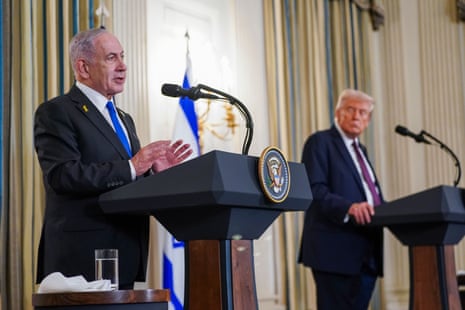
Egypt’s state-linked media has reported that Hamas and Israeli officials will hold indirect talks on Sunday and Monday.
Trump also dispatched two envoys to Egypt on Saturday, according to the White House, sending his son-in-law Jared Kushner and his main Middle East negotiator Steve Witkoff.
The US president has urged Hamas to move quickly towards a deal “or else all bets will be off”.
Despite Trump’s call on Friday for Israel to stop its bombardments on Gaza, there were more deadly strikes across Gaza on Saturday.
“The death toll from the ongoing Israeli bombardment since dawn today stands at 57, including 40 in Gaza City alone,” said Mahmud Bassal, a spokesperson for the civil defence agency.
Hamas said the ongoing attacks proved that Israel was continuing its “horrific crimes and massacres” on Palestinian people.

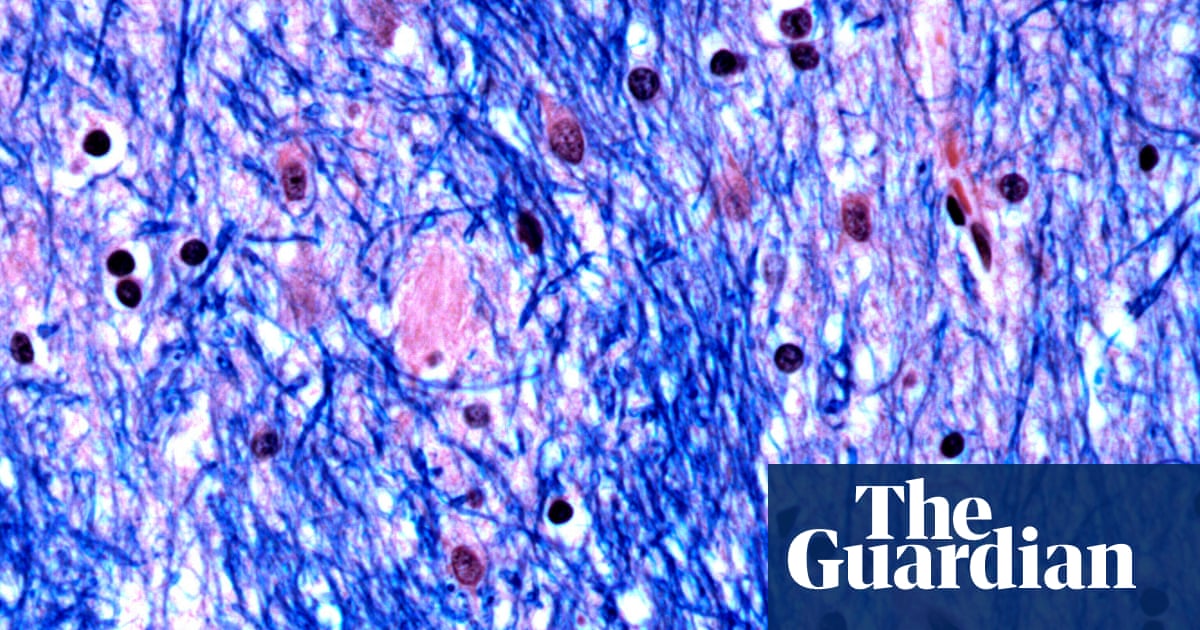

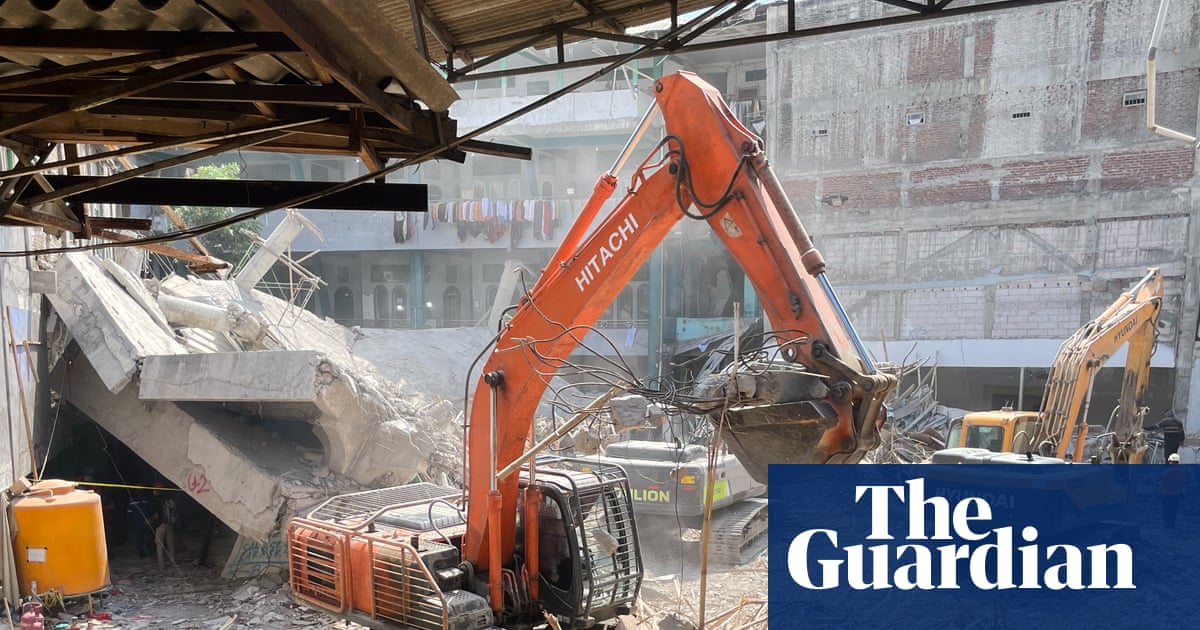
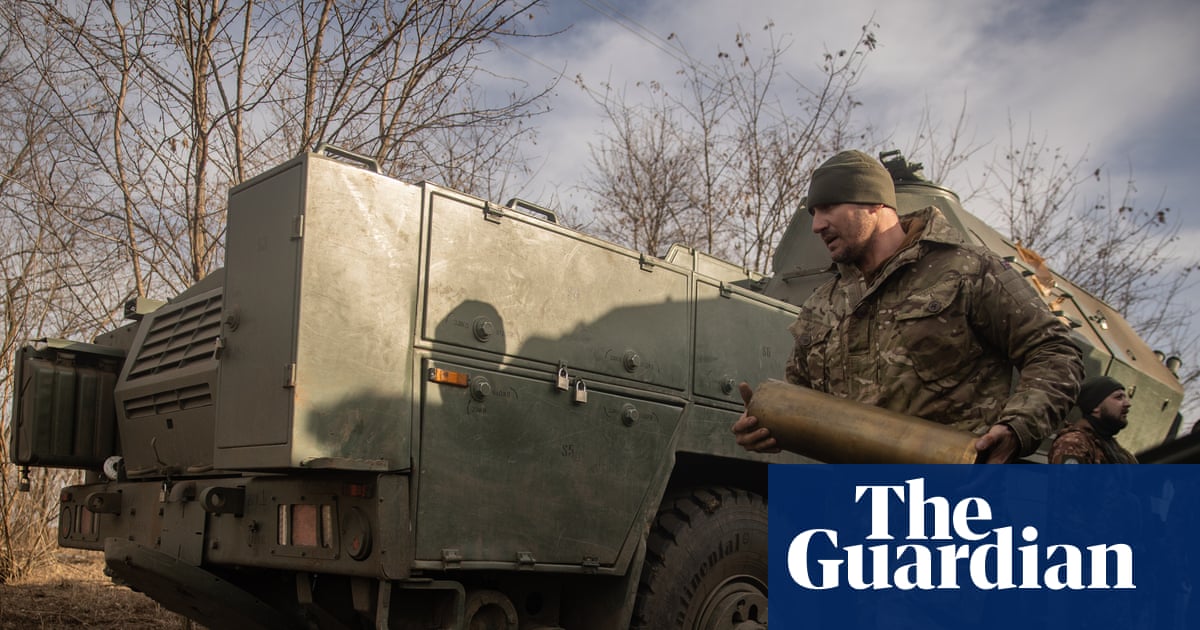
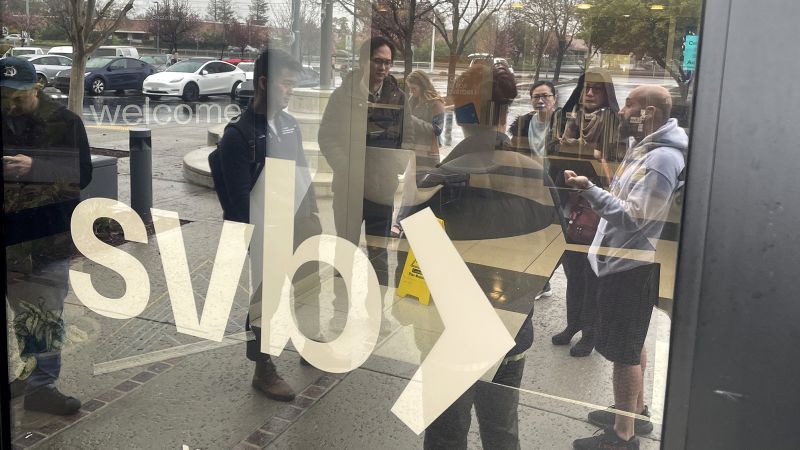

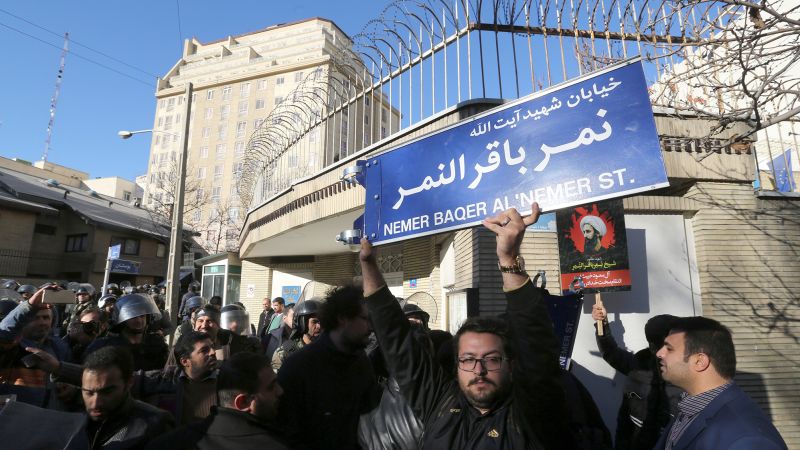
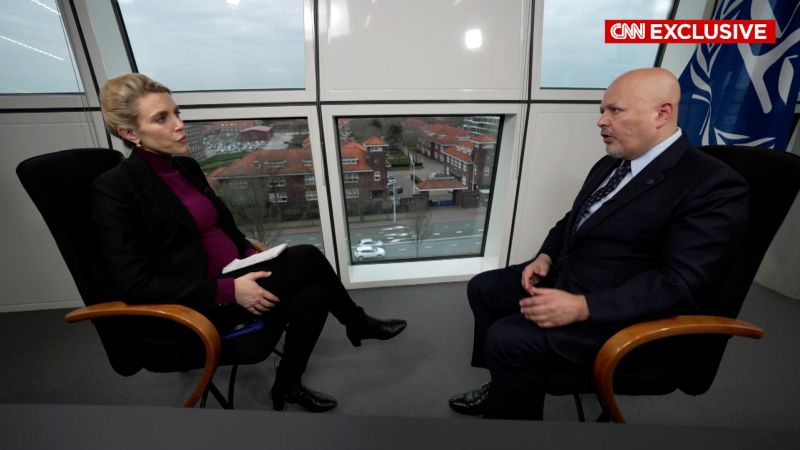
 English (US)
English (US)